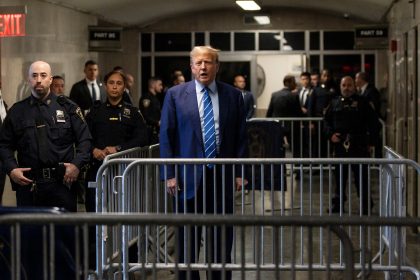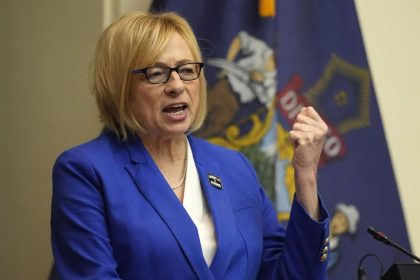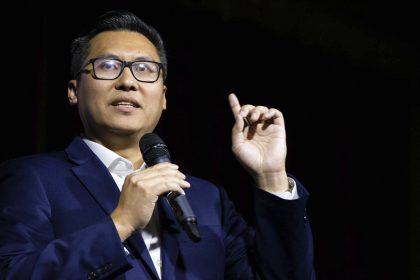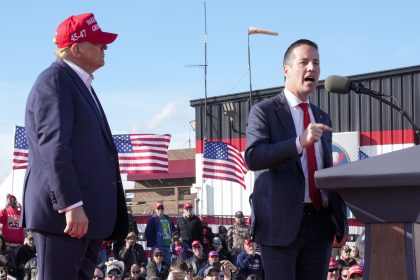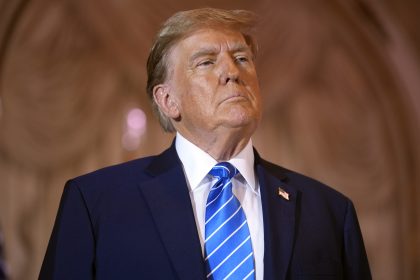Study: 2018 Proved Company Voter Engagement Initiatives Effective
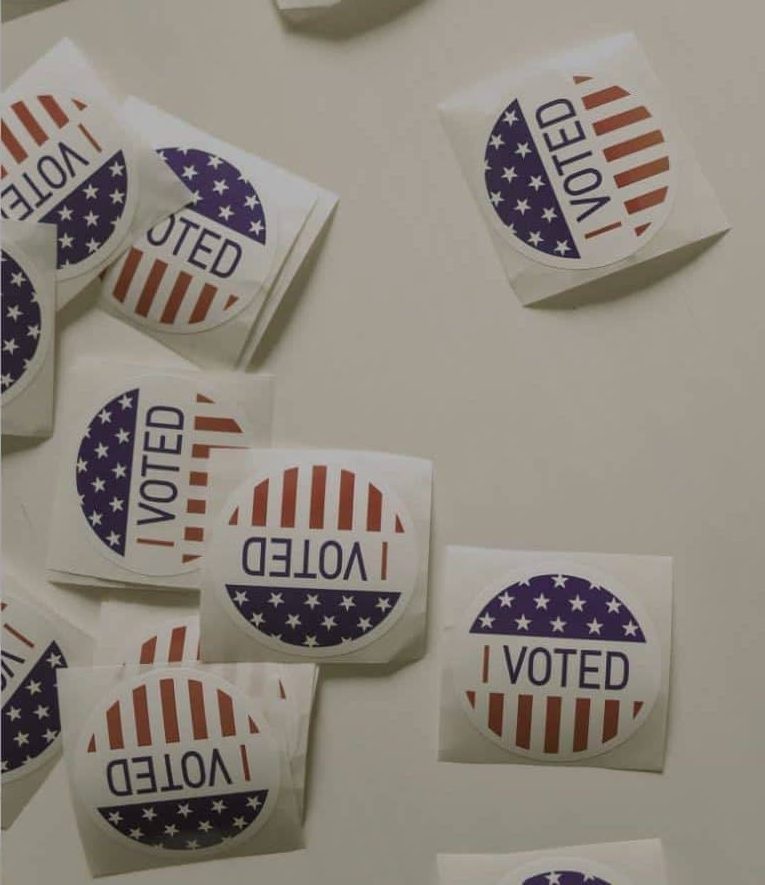
WASHINGTON – Companies that engaged in voter engagement initiatives prior to the 2018 midterms not only help get voters to the polls, but also created additional value for the businesses themselves, a new Harvard Kennedy School study said.
During the study, co-authors Sofia Gross, a fellow at the Kennedy School’s Ash Center for Democratic Governance and Innovation, and Ashley Spillane, the former president of Rock the Vote, focused on eight companies: Blue Cross Blue Shield of Minnesota, Endeavor, GAP Inc., Patagonia, Snapchat, Spotify, Target, and Twitter.
What Gross and Spillane found was that no matter where the companies fell on the wide spectrum of voter engagement — from small internal efforts to encourage employees to vote, to large public campaigns promoting voter education tools to millions of consumers — they were able to execute their programs at a low cost, and that the most effective efforts were bipartisan in nature.
According to Gross, who is also lead for political and nonprofit partnerships at Snap, Inc., a Washington, D.C.-based consultancy, the subject companies were successful “because they made it clear their efforts were about strengthening our democracy, not about advocating for a particular candidate or party.”
In short, she said, “They prioritized voters.”
Company Initiatives Fell Into Primary Types
The United States consistently lags behind the majority of developed democratic nations in voter turnout, averaging less than half of the eligible voter population participating in midterm elections. According to the Pew Research Center, the U.S. ranks 26th out of 32 developed democracies in percentage of eligible voters who participate in elections.
With that knowledge as context for their interviews, Gross and Spillane found most companies encouraging voter participation do so because their senior leadership believes the effort is not only good for democracy, but also good for business.
The business benefits described by case study participants included meeting consumer expectations for engagement in social and political issues, raising brand awareness with new audiences, and increasing employee satisfaction.
As Gross and Spillane continued their work, they began to recognize patterns, the first being that companies pursued two primary types of voter participation initiatives.
Five of the eight companies — Patagonia, Blue Cross and Blue Shield of Minnesota, Endeavor, Gap Inc., and Target — had employee-focused initiatives.
The most publicized of these belonged to Patagonia, which closed for business on Election Day 2016 to provide employees paid time off to vote. After receiving significant positive feedback, the company repeated this practice in 2018.
In addition, the company’s CEO launched the Time to Vote initiative, receiving pledges from 411 CEOs across the country to undertake similar initiatives in order to facilitate adequate time for employees to vote on Election Day.
Blue Cross and Blue Shield of Minnesota pursued the same goal through a year-round employee voter participation program called CitizenBlue. In addition to having a lead staff person charged with notifying employees of key election-related dates, the program holds bipartisan candidate forums, provide information about the role of state elected officials, and maintains an intranet site where employees can look up key election information.
Reaching Consumers
While those companies focused on employee initiatives, Snap, Inc., Spotify, and Twitter used their technology platforms to encourage consumers and users to participate in elections.
During the 2018 midterms, all three companies took advantage of improved data-sharing via APIs to scale their programs to expand beyond voter registration and include education and mobilization efforts.
In interviews with Gross and Spillane, representatives for Snap, Inc., Spotify, and Twitter stressed the importance of crafting civic engagement programs that were both unique to their platforms and consistent with what users come to their platforms to experience.
Spotify used their music platform to embed a pop-up message reminding users about Election Day and simultaneously promoted curated playlists for each state that would excite voters about the election. Twitter similarly deployed in-app reminders to inform users of important dates and opportunities to engage.
Twitter also concentrated on disseminating reliable election information, fostering conversation that encouraged action, and leveraging so-called “influencer culture” — a form of marketing where individuals with significant digital following interact with consumers — to promote civic participation and online engagement.
In addition, in order to help voters identify original sources and authentic information, Twitter partnered with Ballotpedia, a nonprofit that publishes nonpartisan candidate information, to identify Twitter users running for office and add labels to their account profiles.
Likewise, Snapchat built civic products such as voter registration tools and a polling place lookup tool directly into their app. The company sent messages to all users age 18+ to notify them of key activations: a reminder to register to vote, a reminder to vote on Election Day, a link to help them find their polling place location, and a set of creative tools encouraging users to share “snaps” about voting with their close friends.
Snapchat also partnered with BallotReady, an app that allows a voter to “explore the background of every candidate and referendum on their local ballot.”
“A healthy democracy requires active engagement from all parts of society: not just government, but also the civic and private sectors,” said Archon Fung, Winthrop Laflin McCormack Professor of Citizenship and Self Government at Harvard Kennedy School.
“This report illuminates how several leading companies have stepped up to fulfill their democratic responsibilities by encouraging their customers, employees, and other stakeholders to participate in elections. We hope that these findings will inspire many other companies to sustain our democracy by facilitating voter participation,” Fung said.
Conclusions
Gross and Spillane said by the end of their study, they had identified a number of key patterns:
- First, the companies participating in the study all see civic responsibility programs as being beneficial to their brand;
- Second, CEO and staff support are critical while money is not;
- Third, early planning makes implementation much easier;
- Fourth, some effort is better than no effort, as long as it is “on-brand” — or relevant to consumers and consistent with the company’s overall look, feel, message, and voice;
- Lastly, the representatives we interviewed stressed the importance of working with peers and civic engagement experts to support their company’s efforts.
“This case study makes clear the important role American businesses have to play in encouraging voter participation in elections,” said Spillane, who currently leads a social impact consulting firm, Impactual LLC. “Midterm voter turnout was the highest it’s been in a century, particularly among young and minority voters. When more American businesses participate in promoting civic engagement, voter participation increases, strengthening our country’s democratic principles.”
The study is entitled “Civic Responsibility: The Power of Companies to Increase Voter Turnout.” It was released through the Harvard Kennedy School’s Ash Center for Democratic Governance and Innovation.


















